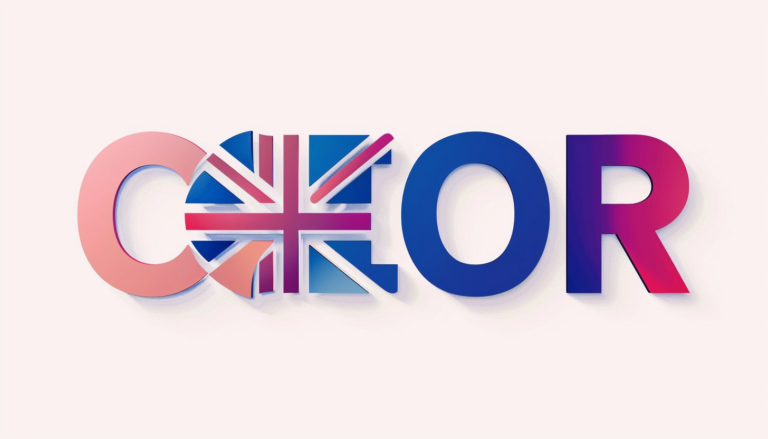Spelt vs Spelled: Which Is Correct? A Guide for Beginners
The words “spelt” and “spelled” often cause confusion. Many wonder if one is a real word, or simply a misspelling. The truth is, both are correct—just in different contexts. This guide will demystify the difference between spelt vs spelled, giving you the confidence to use them correctly.
Here’s what we’ll cover:
- The core distinction between spelt vs spelled.
- Appropriate usage for each word.
- A brief look at their historical origins.
- Frequent errors to watch out for.
The Core Distinction Between Spelt vs Spelled
The difference between “spelt” and “spelled” is simple: they’re both past tense forms of the verb “to spell,” but they’re primarily used in different regions. “Spelled” is the preferred form in American English, while “spelt” is more common in British English. Think of it like “color” vs. “colour” – both are correct, just used in different places.
So, if you’re writing for an American audience, stick with “spelled.” If your target audience is British, “spelt” is the way to go. Using the regionally appropriate spelling makes your writing look polished and professional.
After all, clear communication is key, and using the expected form helps your message get across smoothly. For example, a children’s book author in the UK would likely use “spelt” when talking about how a child “spelt” a word in their homework. Meanwhile, an American copywriter would choose “spelled” in a blog post about how something is “spelled” incorrectly.
Appropriate Usage for Each Word
While regional preference is the main factor, there are a few nuances to consider regarding “spelt” and “spelled.” Let’s break it down:
- “Spelled”: This is the standard past tense form of “spell” in American English. Use it for general past tense situations. For example, “She spelled the word correctly.” It’s also the form used when “spell” means “to name the letters of a word.” For instance, “How do you spell your name?”
- “Spelt”: Primarily used in British English, this form is also correct for the past tense of “spell.” For example, “He spelt out the instructions clearly.” However, even in British English, “spelled” is sometimes used, especially when “spell” means “to name the letters of a word.” So, both “How do you spell your name?” and “How do you spelt your name?” could be heard in the UK, although the former is more common.
It’s important to maintain consistency. If you choose “spelled,” stick with it throughout your writing. Likewise, if you opt for “spelt” (in a British English context), use it consistently. Mixing and matching can make your writing look unprofessional.
Arvin, the AI writing assistant, can be a helpful tool for maintaining consistency. Its grammar check feature can quickly identify any inconsistencies in your spelling and suggest corrections. This is especially useful when working on long documents or collaborating with others.
A Brief Look at Their Historical Origins
The story of “spelt” and “spelled” is intertwined with the evolution of the English language. Both words have roots in Old English, but their paths diverged over time.
“Spelled” follows the regular pattern for forming past tense verbs in English, adding “-ed” to the end. This is the more common pattern for verbs in American English. It’s a straightforward and predictable way to indicate past action.
“Spelt,” on the other hand, is an older, less common form. It’s what’s known as a “strong” verb, which changes its vowel sound in the past tense. While many strong verbs have become “weak” (following the “-ed” pattern) over time, “spelt” has persisted, primarily in British English. This persistence reflects the natural variation and change that occurs in language. It’s a great example of how language isn’t static, but instead is in a constant state of flux. For instance, the past tense of “help” used to be “holp”, but now we almost exclusively use “helped”.
Understanding these historical roots can help us appreciate the richness and complexity of the English language. It also demonstrates how regional differences can influence even seemingly simple things like verb conjugation. A table could be added here, showing the evolution of other strong verbs to weak verbs, further illustrating the point.
Frequent Errors to Watch Out For
Even with a clear understanding of the difference between “spelt” and “spelled,” some common errors can still creep into your writing. Here are a few to watch out for:
- Mixing regional spellings: The biggest mistake is mixing “spelt” and “spelled” within the same piece of writing, especially if you aren’t intentionally doing so for a specific effect. Choose one and stick with it. Consistency is key.
- Using the wrong form for the meaning: Remember, “spelled” is generally preferred when referring to naming the letters of a word, even in British English. So, even if you’re writing for a British audience, use “spelled” when asking “How is this word spelled?”
- Overcorrecting: Sometimes, writers become so concerned about using the “correct” form that they overthink it. If you’re writing for an American audience, “spelled” is almost always the right choice. Don’t second-guess yourself.
Ready to Achieve Spelling Success? Arvin’s Got Your Back
“Spelt” and “spelled” are two sides of the same coin, each correct in its own context. Understanding their regional differences and nuances will make you a more confident writer.
Here’s a quick recap of our key takeaways on spelt vs spelled:
- Firstly, spelled is the standard in American English.
- Secondly, spelt is more common in British English.
- Then, both are past tense forms of “spell.”
- Lastly, consistency is key.
Now, armed with this knowledge, you can confidently choose the correct spelling. Furthermore, Arvin can be your trusty companion in this endeavor.
Its advanced grammar check goes beyond simple spell checking, helping you maintain consistency and catch those tricky regional variations. After all, clear and correct spelling is important for effective communication, and Arvin is here to make that easier than ever.
FAQs About Spelt vs Spelled
Is it spelled or spelt in the UK?
In the UK, “spelt” is the more common past tense form of “spell.” However, “spelled” is also sometimes used, particularly when referring to naming the letters of a word. So, while you might say, “I spelt the word wrong,” you’d probably still say “How do you spell your name?”
Is it spelled or spelt in Canada?
Canadian English generally follows British English conventions. Therefore, “spelt” is the more frequent form in Canada. Nevertheless, “spelled” is also acceptable, especially in formal writing or when referring to naming the letters of a word.
Is it spelled or spelt Oxford?
Oxford English, which is often considered a standard for British English, leans towards “spelt.” However, like other British English variations, “spelled” is not incorrect and may be used in certain contexts.
Why do Americans say spelled instead of spelt?
American English tends to favor regular verb conjugations, adding “-ed” to form the past tense. Consequently, “spelled” aligns with this pattern. Moreover, “spelled” has simply become the established convention in American English usage over time. It’s a matter of linguistic preference and historical development.





